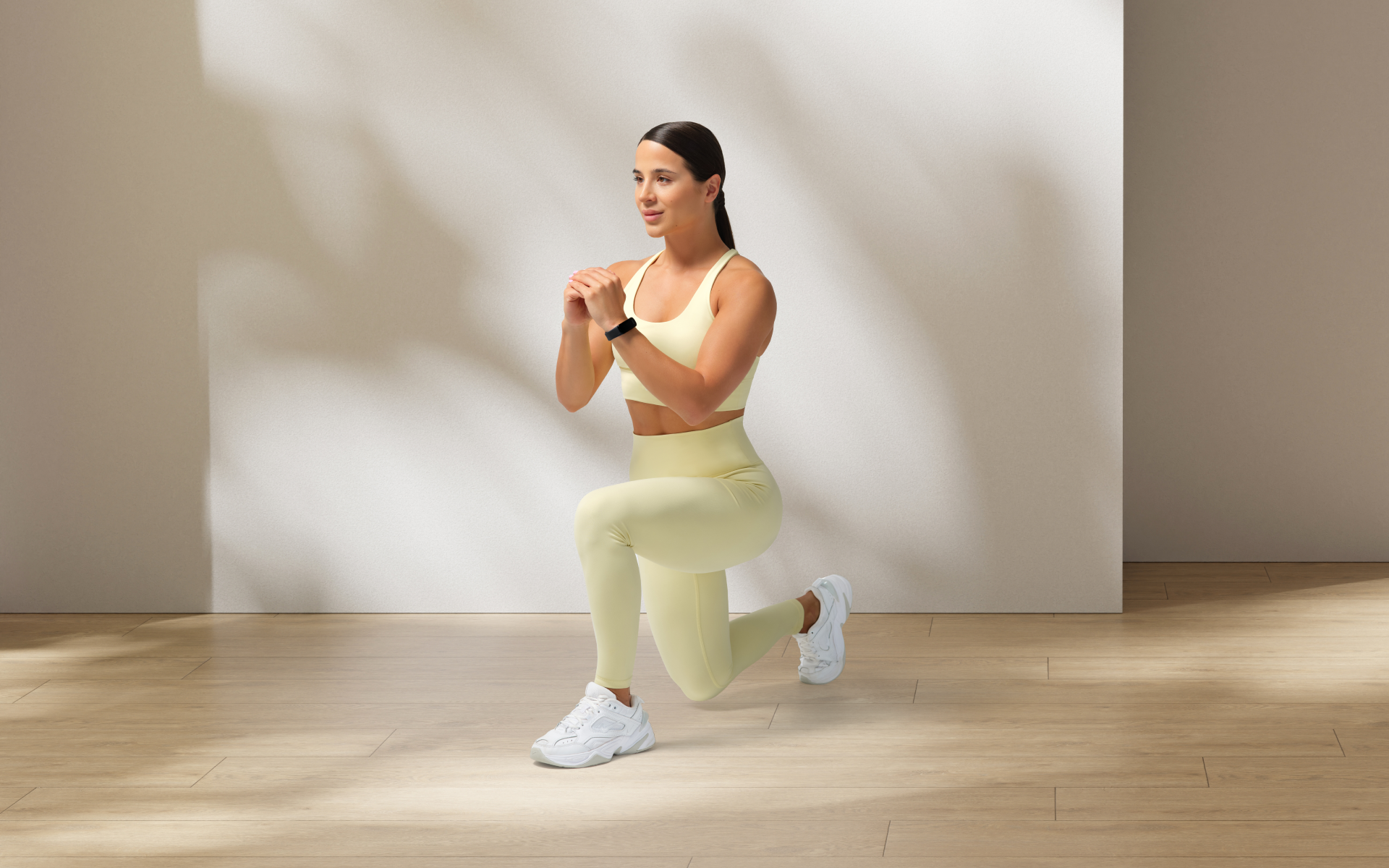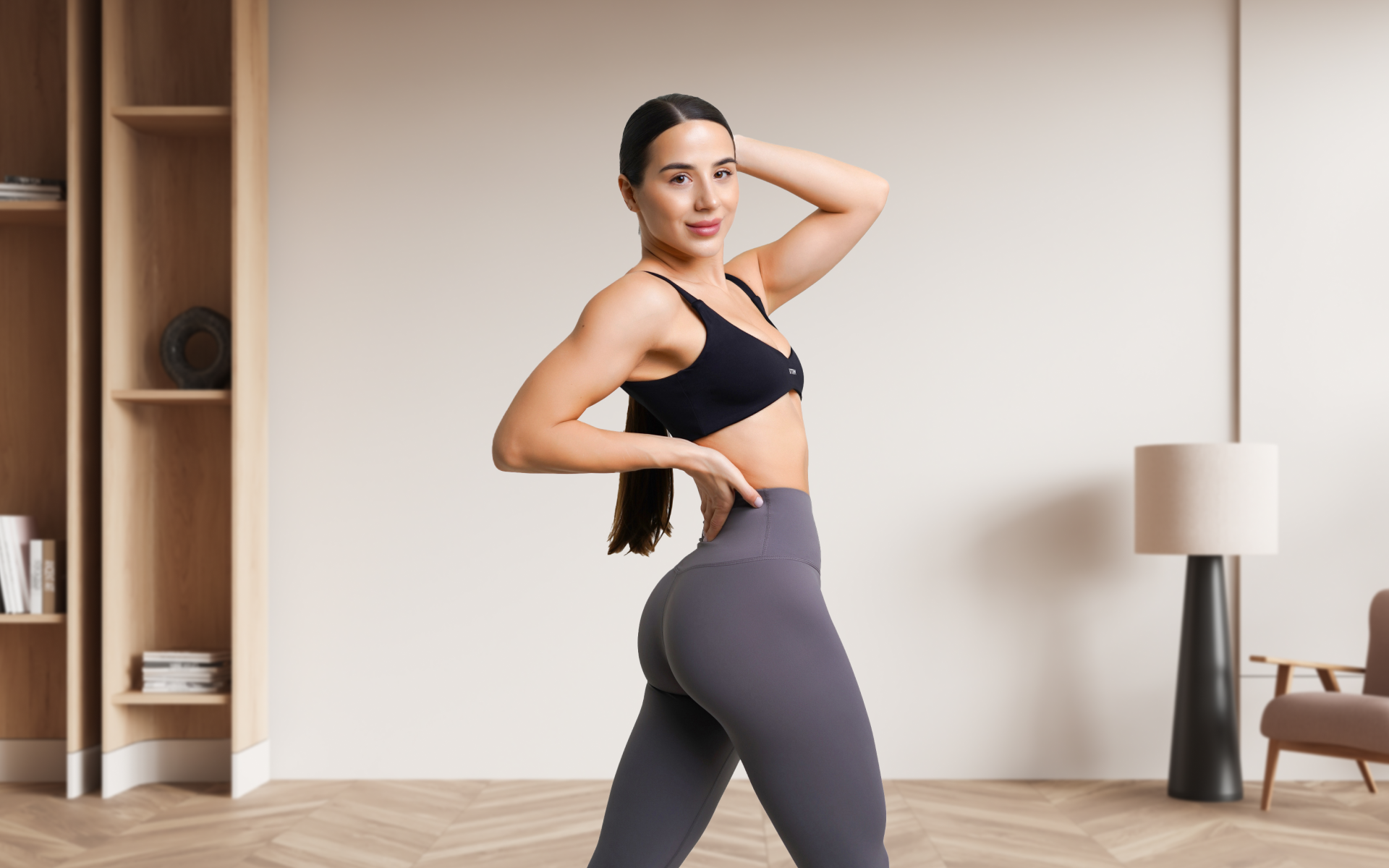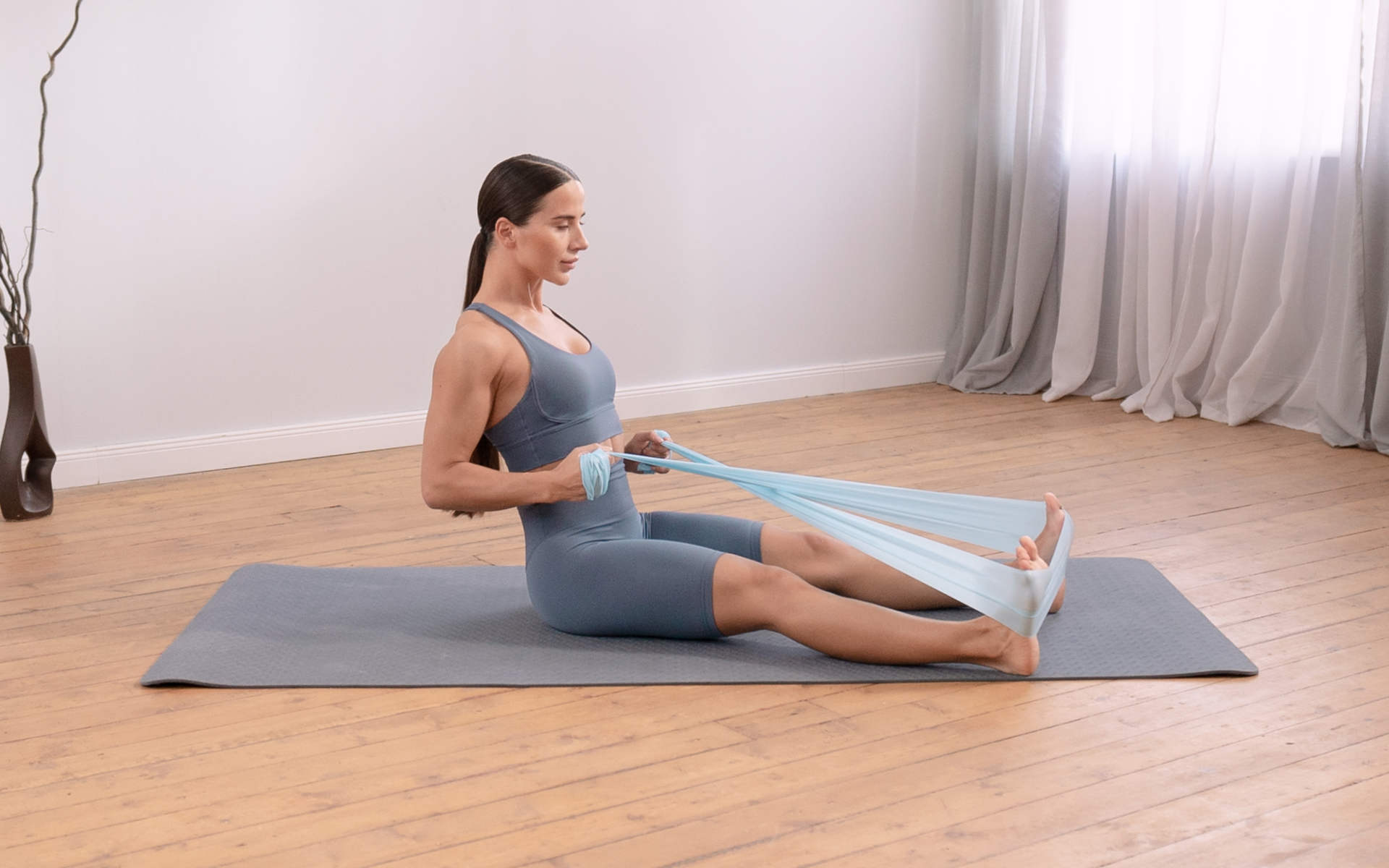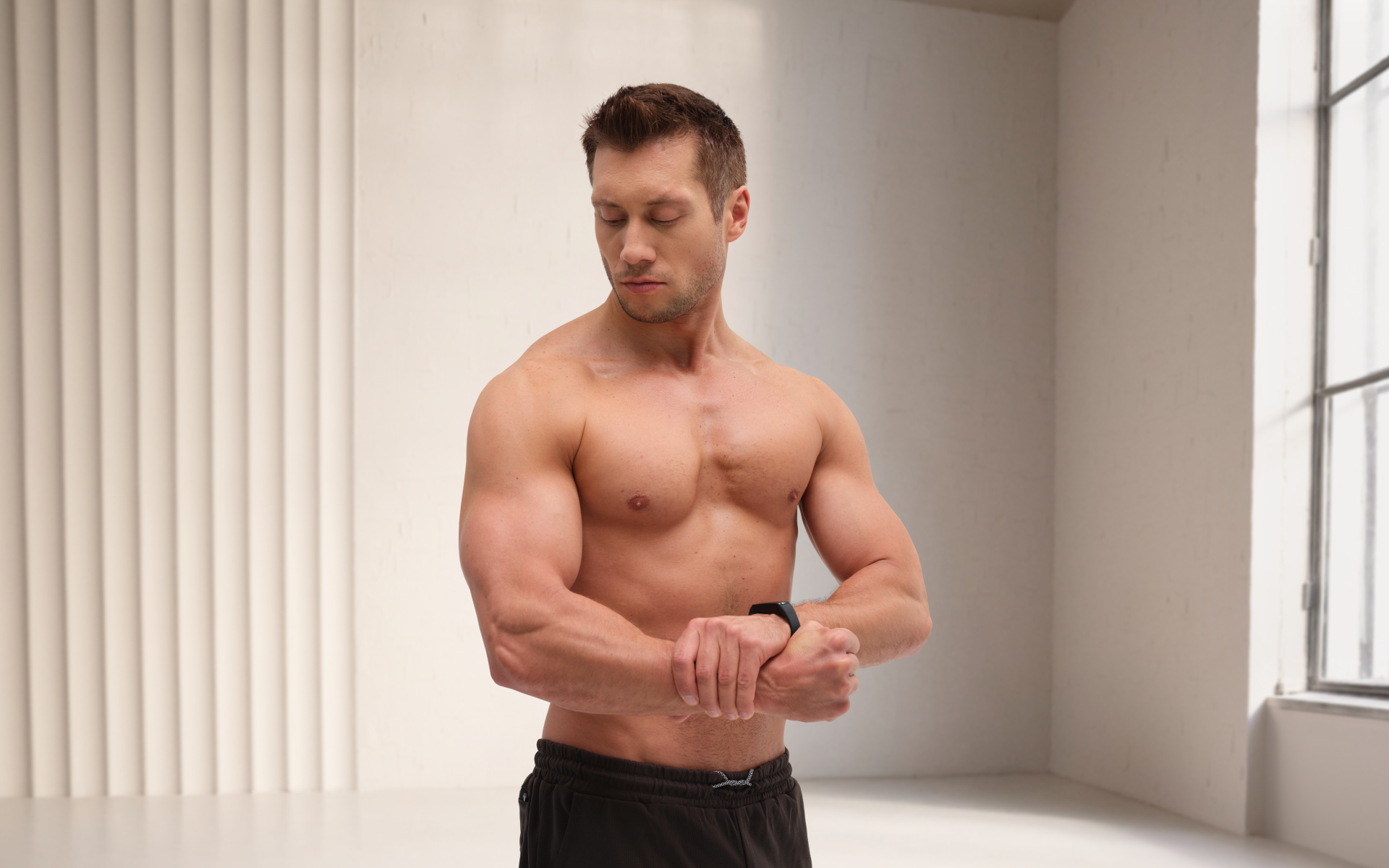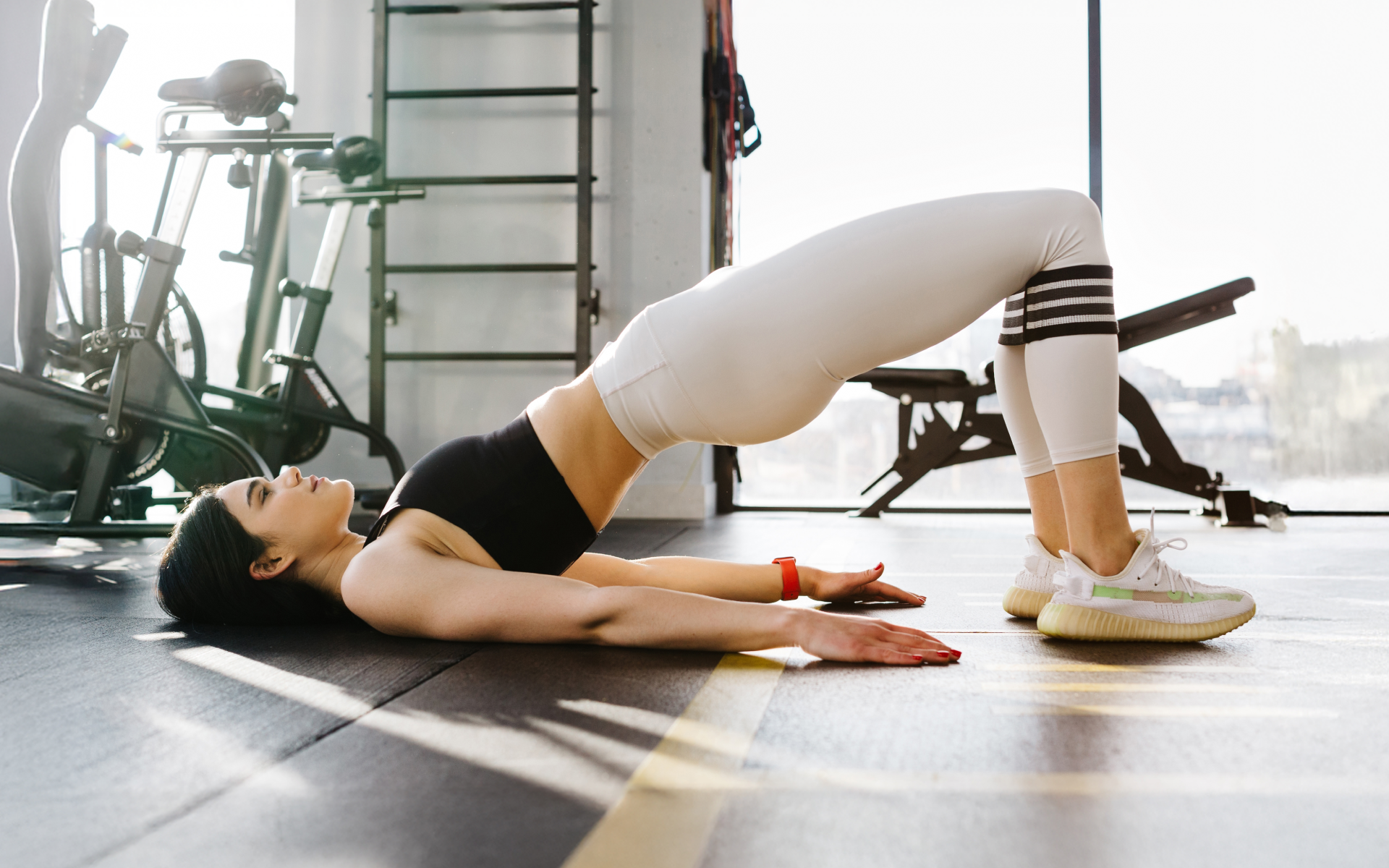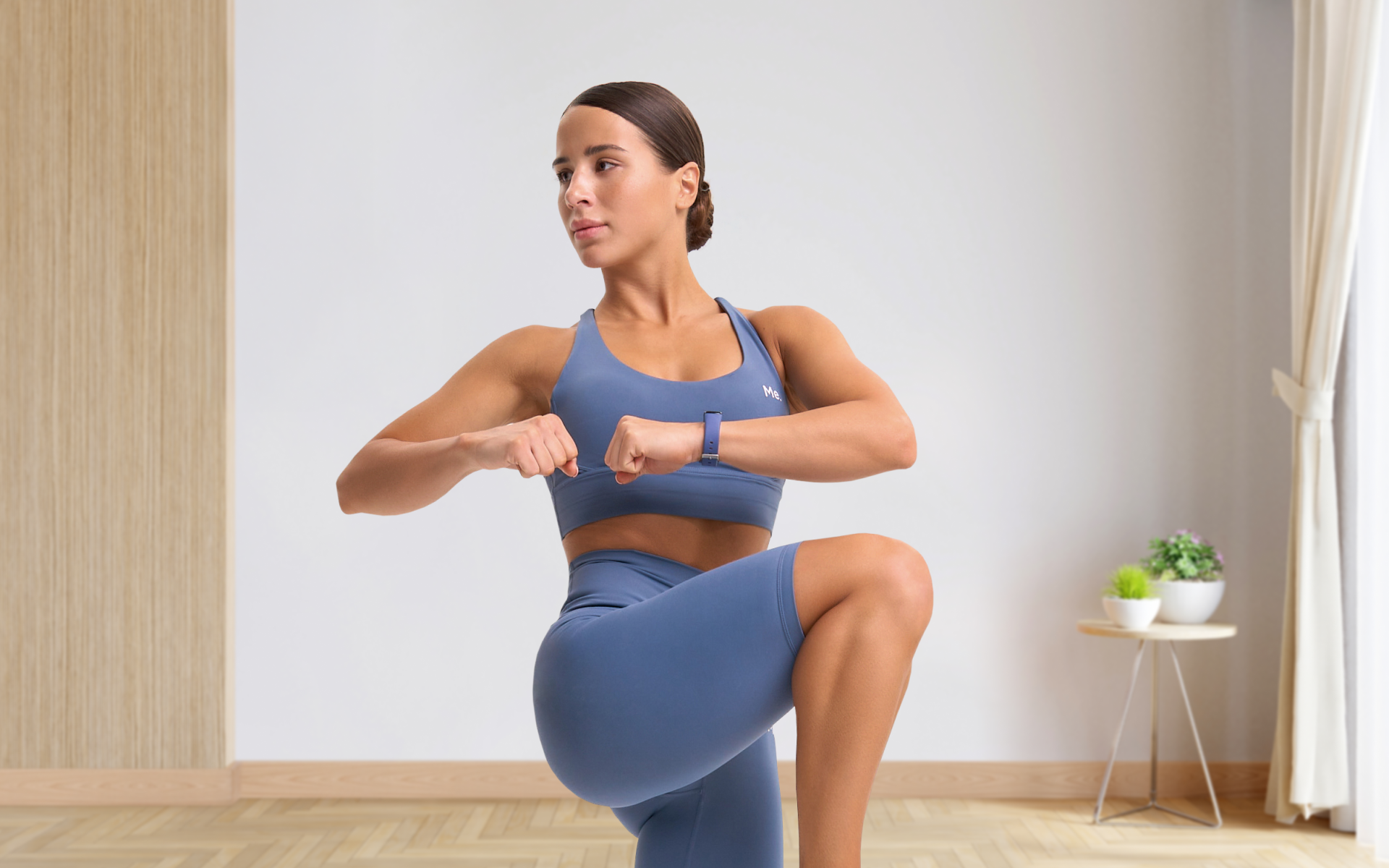We want results, and we want them now. For many of us, this focus is what drives us to pursue fitness goals and take on a 1-year calisthenics transformation journey. Reality is, true progress takes time and consistency.
Rushing into this journey often ends up in fad diets, unsustainable workout plans, injuries and ultimately, disappointment. That’s why it’s important to set realistic expectations when starting a calisthenics transformation – especially when it comes to long-term progress.
After a year of training, what might you expect?
Below, we’ll explore some of the general changes you may experience throughout your 1 year calisthenics transformation and how to stay motivated along the way.
What’s a Realistic 1 Year Calisthenics Transformation?
With calisthenics, your body will undergo both visible and non-visible changes that may not always be reflected on the scale.
Some of the physical transformations you can expect after a year of training include:
- Increased muscle mass: Calisthenics utilizes bodyweight exercises that help build lean muscle mass. This means you may see an increase in muscle definition and overall strength (1).
- Decreased body fat: As you build muscle, your body fat percentage will naturally decrease (2). Keep in mind that losing weight and losing fat doesn’t always go hand in hand – don’t obsess over numbers on the scale.
- Improved posture: A lot of calisthenics exercises focus on core strength, which can greatly improve your posture and overall body alignment (3).
- Increased flexibility: Many calisthenics movements require a full range of motion, which can help increase your overall flexibility and mobility (4).
Read more: Bulking Diet 101: What, When, and How Much To Eat for Muscle Gains
Aside from the physical changes, you may also experience some mental transformations after a year of training:
- Improved confidence: As you see progress in your physical abilities, you may also notice an increase in self-confidence and self-esteem.
- Mental toughness: Calisthenics requires dedication and consistency – two key factors that can strengthen your mental resilience.
- Increased motivation: After seeing what your body is capable of achieving in just one year, you may feel motivated to continue pushing yourself and setting new goals.
Can I Get Ripped With Calisthenics?
People refer to “getting ripped” as having a lean and muscular physique. In answer to the question, yes, calisthenics can help you achieve this type of body.
However, getting ripped requires more than just following a workout program – it also involves proper nutrition and recovery.
To get a lean and shredded look with calisthenics, you need to focus on:
- Nutrition: This is key for fat loss and muscle building. Make sure to eat enough protein (around 0.8-1 gram per pound of body weight), healthy fats, and complex carbs to fuel your workouts and aid in muscle growth (5).
- Calorie deficit: To lose fat and reveal those muscles underneath, you need to be in a calorie deficit. This means consuming fewer calories than you burn through exercise and daily activities (6).
- Progressive overload: Just like with any other form of strength training, progressive overload is essential for building muscle. This means gradually increasing the difficulty or intensity of your workouts over time (7).
- Proper rest and recovery: Your muscles need time to repair and grow after intense workout sessions (8). Make sure to get enough quality sleep each night and incorporate rest days into your training schedule.
How Much Muscle Can You Gain in 1 Year Transformation with Calisthenics?
Muscle gain from calisthenics can vary widely depending on factors like genetics, diet, and training intensity.
For beginners, it it’s would be realistic to expect gains of about 5 to 10 pounds of muscle in the first year, while more experienced individuals might see gains of 2 to 5 pounds annually. These estimates assume a consistent and well-structured training and nutrition plan.
Research on exactly how much muscle you can gain in a year is limited.
One study on progressive calisthenic push-up training found that calisthenics can significantly improve muscle strength and thickness, which is comparable to traditional weight training like the bench press (1).
However, the study primarily focused on short-term effects and did not provide specific data on long-term muscle gain over a year.
It’s safe to say that with consistent, progressive training and proper nutrition, you can expect to see noticeable muscle gain after a year of calisthenics.
Read more: 12-Week Body Transformation Workout Plan – The Ultimate Guide To Toning And Sculpting Your Body
How Long Does a Full 1 Year Calisthenics Transformation Take?
A full calisthenics transformation is a journey that can take years to achieve. However, within 1 year you can make significant progress and establish a solid foundation for ongoing growth and development.
Factors such as your starting point, genetics, diet, training program, and overall commitment and consistency will play a role in how long it takes to achieve your desired transformation.
Keep in mind that there is no end goal when it comes to fitness – it’s a lifelong journey of continuous improvement.
How Many Years to Master Calisthenics?
It’s difficult to give an exact timeline on how many years it takes to master calisthenics, as it depends on individual goals and progress. For some, mastering basic exercises may only take a few months, while others may strive for more advanced skills that could take several years to achieve.
However, the key to mastery is consistency and dedication in training. The more you practice and challenge yourself, the faster you will progress.
It’s also important to listen to your body and avoid comparing yourself to others. Everyone has their own unique journey and pace of progression in calisthenics.
BetterMe: Health Coaching app is a foolproof way to go from zero to a weight loss hero in a safe and sustainable way! What are you waiting for? Start transforming your body now!
Is It Hard to Get Big with Calisthenics?
Building a large amount of muscle with calisthenics can be challenging, but it’s definitely possible.
To put things into perspective, some popular calisthenics athletes like Hannibal for King and Frank Medrano have incredibly impressive physiques – all achieved through bodyweight training.
One key aspect to remember is that everyone’s body responds differently to different training methods. While some individuals may naturally build more muscle with calisthenics, others may see more progress with weightlifting.
Nutrition plays a crucial role in muscle building, and calisthenics is no exception. Adequate protein intake, caloric surplus, and proper recovery are essential to support muscle growth. Without these, even the most rigorous training regimen may not yield significant hypertrophy.
Challenges of Building Muscle with 1 Year Calisthenics Transformation
1. Limited Resistance
One of the primary challenges with 1 year calisthenics transformation is the inherent limitation in resistance. Unlike traditional weightlifting, where you can easily adjust weights, bodyweight exercises rely on gravity and your body mass. This can make it challenging to progressively overload muscles, a key principle for muscle growth.
2. Progressive Overload
Achieving progressive overload in calisthenics requires creativity. Instead of adding weight, practitioners must increase exercise difficulty by altering leverage, such as progressing from standard push-ups to one-arm push-ups or adding explosive movements. Mastering these advanced variations is more complex than simply increasing weights in a gym.
Advantages of Calisthenics for Muscle Building
1. Functional Strength and Mobility
1 year calisthenics transformation excels in developing functional strength and improving mobility, leading to a well-balanced physique (3). It engages multiple muscle groups simultaneously, enhancing coordination and stability with consistency of good practice.
2. Lean Muscle Mass
While getting significantly bulky might be challenging, calisthenics effectively promotes lean muscle development (1). The focus on compound movements ensures a balanced muscle distribution, resulting in a toned, athletic appearance.
3. Accessibility and Flexibility
Calisthenics requires minimal equipment, making it accessible to everyone. It can be performed anywhere, allowing for consistent training, which is crucial for muscle gain. This flexibility can help maintain long-term commitment and consistency.
Is Calisthenics Better than Gym for Bulking Up?
The answer to this question depends on individual preferences and goals. Both calisthenics and weightlifting can be effective for building muscle, but they have some key differences.
Advantages of Calisthenics for Bulking Up
- Low Cost: As mentioned earlier, calisthenics requires minimal equipment, making it a more affordable option compared to gym memberships or buying weights.
- Bodyweight Control: With calisthenics, you are working with your body weight rather than external weights. This allows for better control over the intensity of your workouts and can potentially lower the risk of injury over strength training.
- Functional Strength: Calisthenics movements mimic real-life actions such as pushing, pulling, and lifting, making it a great option for developing functional strength and overall body control.
- Versatility: Calisthenics exercises can be modified to target specific muscle groups or challenge different fitness levels, offering a wide range of variations and progressions.
Advantages of Gym Training for Bulking Up
- Specific Muscle Isolation: Weightlifting allows for more precise targeting of specific muscles through isolation exercises. This can be beneficial for individuals looking to build up certain muscle groups.
- Heavier Weights: The ability to lift heavy weights in the gym makes it easier to achieve progressive overload and build larger muscles quicker.
- Variety of Equipment: Gyms offer a variety of equipment, which can provide a wider range of exercises to target different muscles and add variation to training.
- Community Support: Joining a gym can provide access to like-minded individuals and trainers who can offer support, motivation, and guidance in your fitness journey.
In the end, both calisthenics and weightlifting have their advantages for muscle building. It’s essential to choose the method that aligns with your goals, preferences, and fits into your lifestyle for long-term success.
Some people might even combine elements of both training methods for a balanced approach. Whichever you choose, consistency is key in achieving sustainable muscle gains, so find an enjoyable way to stay active and stick with it.
Staying Motivated Throughout Your 1 Year Calisthenics Transformation
Staying motivated throughout a year-long calisthenics transformation can be challenging at times. Here are some tips to help you stay on track and motivated:
- Set achievable goals: Having clear and realistic goals can keep you focused and motivated. Make sure your goals are specific, measurable, attainable, realistic, and time-bound.
- Track your progress: Seeing how far you’ve come is one of the best ways to stay motivated. Take progress photos, keep a workout journal, or use fitness tracking apps to monitor your progress.
- Find a support system: Surrounding yourself with like-minded individuals who share your passion for calisthenics can provide valuable support and motivation.
- Mix things up: Don’t be afraid to switch up your routine and incorporate new exercises to keep things interesting. This can also help prevent plateaus in progress.
Remember your why: On days when motivation is low, remind yourself why you started this journey in the first place. Remember that each day of training brings you one step closer to your goals.
FAQs
Can Calisthenics Increase Testosterone?
Calisthenics, like any form of resistance training, can potentially increase testosterone levels. Engaging in high-intensity bodyweight exercises can stimulate the production of testosterone, due to the physical stress and muscle engagement.
Research suggests that compound movements, which are a staple in calisthenics, can be effective in boosting hormonal responses (9). However, the degree of increase can vary, depending on factors such as age, training intensity, and individual fitness levels.
Why Is Calisthenics So Hard?
Calisthenics can be challenging because it relies on using your own body weight as resistance, requiring a considerable amount of strength, balance, and coordination.
The exercises often involve multiple muscle groups and require a high level of control over your body, which can be difficult for beginners. Additionally, progressing to more advanced movements like handstands or muscle-ups demands not only strength but also significant skill and practice.
Can Calisthenics Build a Big Chest?
Yes, calisthenics can effectively build a big chest, particularly through exercises like push-ups, dips, and variations such as decline push-ups or archer push-ups.
These exercises target the pectoral muscles and can lead to significant hypertrophy when combined with progressive overload and proper technique. Consistency and variations that increase the difficulty level are key to achieving noticeable muscle growth in the chest.
Why Are Calisthenics Guys So Big?
Calisthenics athletes often appear muscular and well-defined because the discipline emphasizes functional strength and lean muscle mass.
The intensive nature of bodyweight exercises engages multiple muscle groups, promoting a balanced physique with low body fat and well-defined muscles.
Additionally, many practitioners incorporate advanced calisthenics exercises which require strength, flexibility, and endurance, contributing to their overall muscular appearance
Conclusion
1 year of calisthenics training can bring about significant physical and mental transformations if done with dedication, consistency, and proper nutrition. While mastering calisthenics may take years for some individuals, it’s important to focus on personal progress rather than comparing oneself to others. And most importantly, staying motivated throughout the transformation is key – so set achievable goals, track your progress, and remember your why.
DISCLAIMER:
This article is intended for general informational purposes only and does not serve to address individual circumstances. It is not a substitute for professional advice or help and should not be relied on for making any kind of decision-making. Any action taken as a direct or indirect result of the information in this article is entirely at your own risk and is your sole responsibility.
BetterMe, its content staff, and its medical advisors accept no responsibility for inaccuracies, errors, misstatements, inconsistencies, or omissions and specifically disclaim any liability, loss or risk, personal, professional or otherwise, which may be incurred as a consequence, directly or indirectly, of the use and/or application of any content.
You should always seek the advice of your physician or other qualified health provider with any questions you may have regarding a medical condition or your specific situation. Never disregard professional medical advice or delay seeking it because of BetterMe content. If you suspect or think you may have a medical emergency, call your doctor.
SOURCES:
- Effect of Progressive Calisthenic Push-up Training on Muscle Strength and Thickness (2018,nih.gov)
- The Effect of 12-Week Calisthenics Exercise on Physical Fitness among Obese Female Students (2022,researchgate.net)
- The effects of a calisthenics training intervention on posture, strength and body composition (2017,researchgate.net)
- Influence of strength and flexibility training, combined or isolated, on strength and flexibility gains (2015,nih.gov)
- Dietary Protein and Muscle Mass: Translating Science to Application and Health Benefit (2019,nih.gov)
- Calorie Deficit: What To Know (2022,clevelandclinic.org)
- Progression of volume load and muscular adaptation during resistance exercise (2014,nih.gov)
- THE IMPORTANCE OF REST DAYS AS PART OF YOUR WORKOUT PROGRAM (2022,myacare.com)
- The acute hormonal response to free weight and machine weight resistance exercise (2014,nih.gov)








